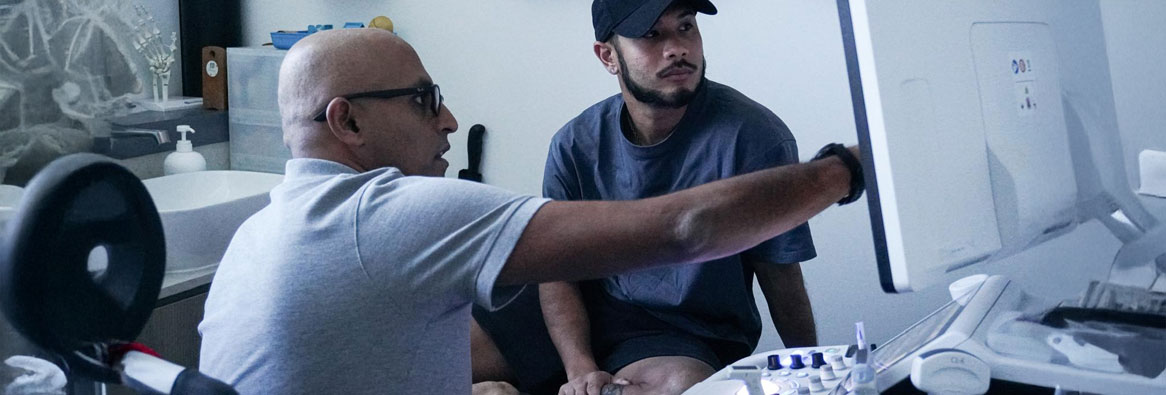

Platelet-Rich Plasma (PRP) is a regenerative therapy used in sports medicine and orthopedics to promote tissue healing and reduce pain in musculoskeletal injuries. It involves injecting a concentrated solution of a patient’s own platelets into an injured area to stimulate tissue repair.
PRP comes from the patient’s own blood, which is spun in a centrifuge to separate and concentrate the platelets and growth factors. The platelet-rich portion is then injected into the injured area, where it enhances the body’s natural healing process. Growth factors in PRP help reduce pain, reduce inflammation and promote cell repair.
Tendon & Ligament Injuries (Chronic and Acute)
Joint & Cartilage Injuries
Muscle & Soft Tissue Injuries
Bone Healing & Fracture Recovery


Mount Elizabeth Novena
Specialist Centre
#05-24, 38 Irrawaddy Road, Singapore 329563
Farrer Park Hospital
Connexion, #08-20, 1 Farrer Park Station Road, Singapore 217562
| Tel | : | 6253 7111 |
| Fax | : | 6253 2773 |
| : | (65) 8838 7111 |
Operating Hours:
| Monday to Friday - 9.00 AM – 5.00 PM |
| Saturday - 9.00 AM – 1.00 PM |
| Closed on Sundays and Public Holidays |
| Blog |